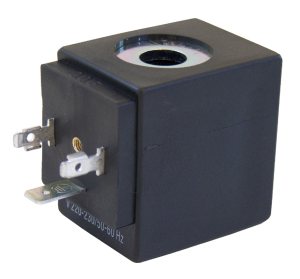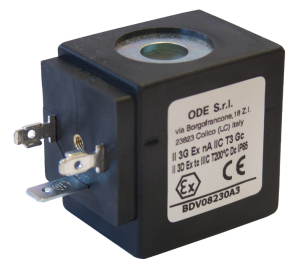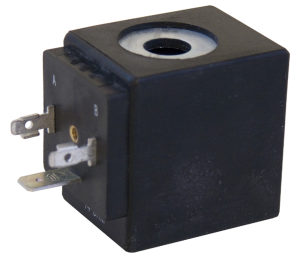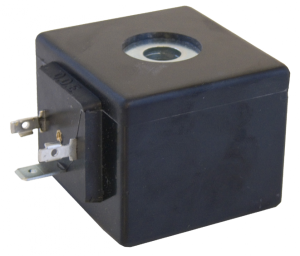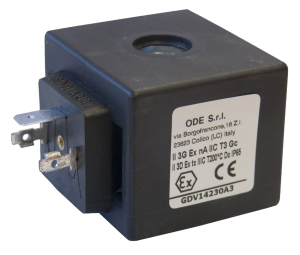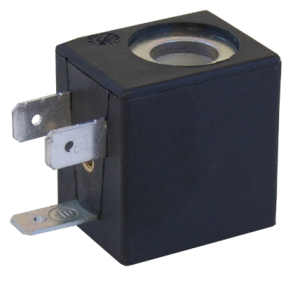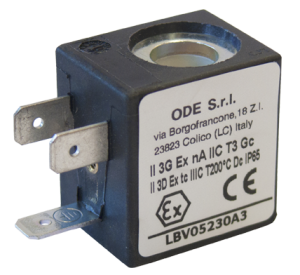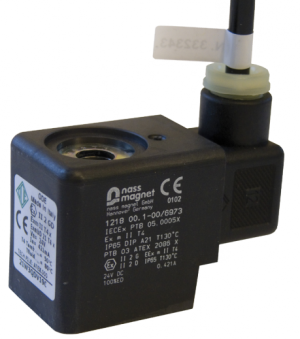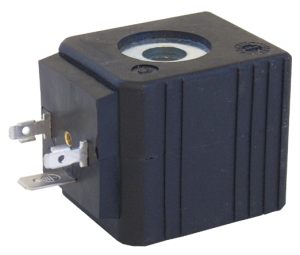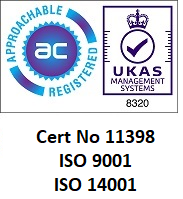Solenoid Valve Coil Supplier
Solenoid valve coils are used to convert electric energy into lateral motion. The coil includes a copper wire which allows the current to flow through the coil and generate the magnetic field.
Here at Avalco we have a range of ODE coils to suit all our valves, available in the following voltages: 12vDC – 230v DC solenoid coils and 12v AC – 380v AC solenoid coils in 5w, 8w, 12w and 14w versions. Make sure you choose the right power rating coils can overload or burn out if the power rate is too high.
- Display 15 Products per page

